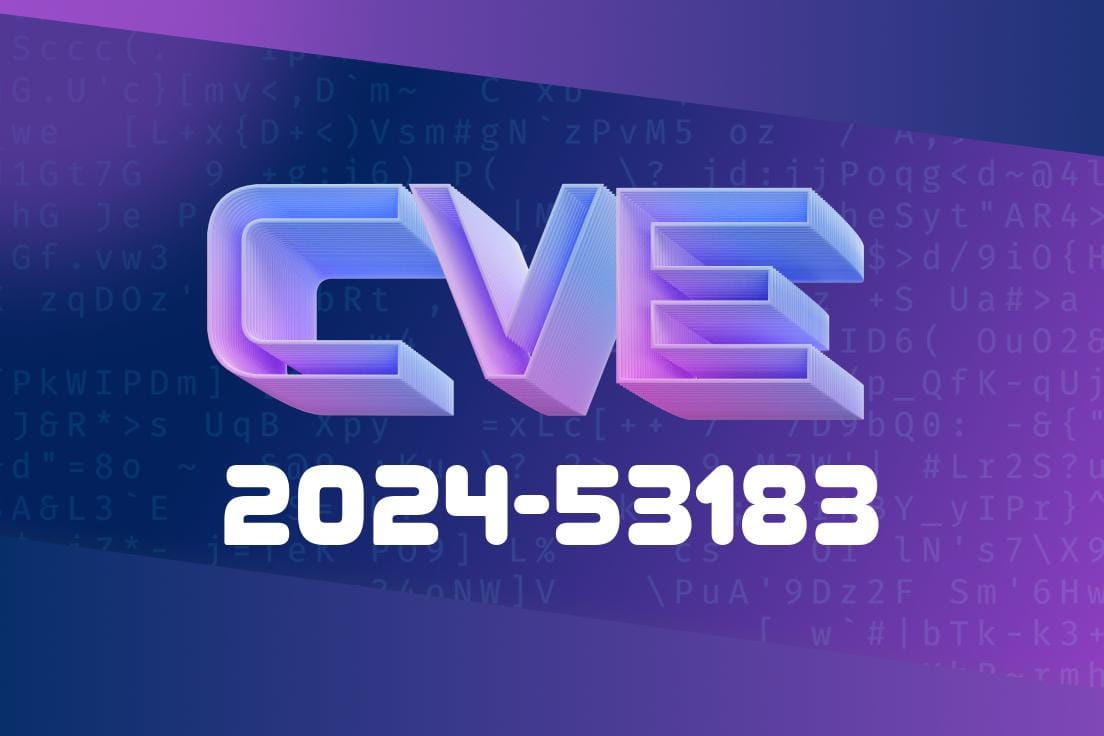On June 2024, a critical vulnerability (CVE-2024-53183) was patched in the Linux kernel affecting the User Mode Linux (UML) network driver subsystem. Specifically, this issue involved improper handling of device driver data (drvdata) during the release of network devices. The flaw could result in kernel crashes such as segmentation faults and panics, threatening the stability of affected systems.
This long-read breaks down how the bug occurs, the logic behind the fix, and provides a code walkthrough. We’ll also look at the potential for exploitation, offer a simple proof of concept, and link to original upstream resources.
The Problem: drvdata not available in release()
In many Linux kernel drivers, the release() function is called when a device object is destroyed. Device-specific information is often stored in drvdata, a per-device pointer. However, in the UML net driver, drvdata can become unavailable (potentially freed) by the time release() runs, leading to a *use-after-free* scenario if code blindly dereferences it or passes it to helper functions.
When does this happen?
The problem surfaces notably when a user removes a network device under UML. If release() tries to use drvdata, it may reference bad memory, causing a crash:
net_device_release+x10/x6f
...
Kernel panic - not syncing: Segfault with no mm
This is the call stack that happens after triggering the bug
Call Trace:
[<60276fcd>] device_release+x70/xba
[<603a2bcd>] kobject_put+xba/xe7
[<60277265>] put_device+x19/x1c
[<60281266>] platform_device_put+x26/x29
[<60281e5f>] platform_device_unregister+x2c/x2e
[<6002ec9c>] net_remove+x63/x69
...
Kernel panic - not syncing: Segfault with no mm
A typical bug pattern would appear like this (simplified)
static int uml_net_release(struct device *dev) {
struct uml_net *un = dev_get_drvdata(dev);
// If drvdata is gone, un is garbage!
cleanup_uml_net(un);
return ;
}
By the time release() is called, drvdata may not be valid anymore.
The Fix
The official patch stops using drvdata in release() and uses container_of(), which retrieves the encompassing uml_net structure using a pointer arithmetic trick:
static int uml_net_release(struct device *dev) {
struct uml_net *un = container_of(dev, struct uml_net, dev);
cleanup_uml_net(un);
return ;
}
Why is this safe?
Because the device (dev) is embedded as a member within the containing uml_net structure. Even if drvdata is cleared, the structure is still present in memory (since release is the last step before freeing).
Reference
- Commit Fix
- Linux UML Net Driver Code
How could attackers trigger this?
While this is primarily a stability issue (kernel panic), local attackers with permission to create and remove network devices could leverage this to crash the kernel, causing denial of service. If the crash were carefully manipulated, it could theoretically be leveraged for privilege escalation, although no RCE is known.
Trigger scenario
- Attacker/superuser creates a UML network device.
In real-world setups, this needs UML-enabled kernels and appropriate rights. For illustration
modprobe uml_net
# Create device (assuming management tools interface)
# Remove device, e.g.:
echo "{device id}" > /sys/class/net/uml_net/remove
# System crash or panic follows if unpatched!
Or in C, using kernel APIs via Netlink
#include <stdio.h>
#include <stdlib.h>
#include <string.h>
#include <net/if.h>
#include <linux/if_link.h>
#include <sys/ioctl.h>
int main() {
// Create and delete an uml network device
system("ip link add name veth type veth");
system("ip link delete veth");
return ;
}
Lessons and Impact
- Use-after-free and stale pointer issues are common root causes of kernel instability and sometimes security issues.
- Ensuring that cleanup/finalization functions don’t rely on memory that can be freed as part of the same operation is critical, especially in device drivers.
- This bug affects only the UML subsystem, but similar issues have occurred in other Linux drivers, so it's a pattern to watch for.
Resources & References
- Commit Fix: a5f545a400a1b9cda4ca6b486aebdb16ec9b1f44
- Linux kernel mailing list discussion: LKML
- Linux UML driver code: net_kern.c on kernel.org
Conclusion
CVE-2024-53183 is a prime example of why details matter in kernel development. A single stale pointer dereference in a device driver's release function can bring an entire system down. Thanks to the quick fix, systems running recent Linux kernels are safe, but if you’re running custom kernels with UML net, apply upstream patches immediately!
Timeline
Published on: 12/27/2024 14:15:25 UTC
Last modified on: 11/03/2025 21:17:38 UTC
